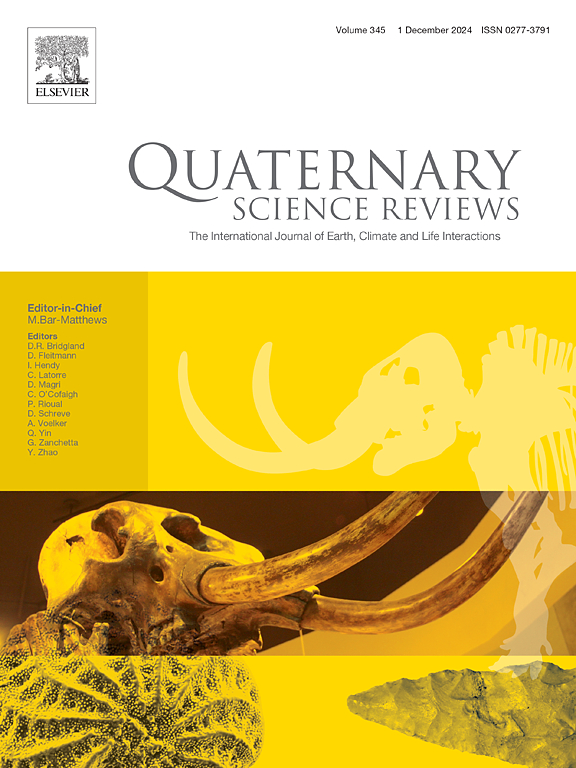Uplift, tilting, and underlying structures of coastal northwestern Luzon, Philippines, deduced from marine terraces
IF 3.2
1区 地球科学
Q1 GEOGRAPHY, PHYSICAL
引用次数: 0
Abstract
Northern Luzon Island of the Philippines, located between the converging Sunda and Philippine Sea Plates, is a seismically active region within a complex tectonic setting. Remnants of Pleistocene marine terraces along the coast of northwestern Luzon have been deformed and provide clues to the active underlying structures. Through remote sensing and field surveys, we mapped and surveyed multiple generations of uplifted Pleistocene marine terraces between the municipalities of Pasuquin and Santo Domingo along the northwestern Luzon coast. We found that wave-cut platforms are the most common type of marine terrace in the area, each consisting of a sedimentary basement (Laoag Formation) and a fluvial or alluvial deposit cover. The uplift of these terraces shows that the area north of Laoag City has experienced westward tilting while the area farther south has been uniformly uplifted. With K-feldspar infrared stimulated luminescence (IRSL) dating of sand samples collected above the abrasion surface of the wave-cut platforms, we infer that the most prominent marine terrace, with a seaward edge 40–50 m above mean sea level, was formed during marine isotope stage (MIS) 5a. This suggests a long-term uplift rate of ∼1 m/kyr along the coast and up to 1.6 m/kyr farther inland. Combining evidence from field surveys and bathymetric and focal mechanism data, we suggest that the large-scale uplift of the coastal area is the result of slip along an east-dipping thrust with a surface trace ∼12 km off the west coast, while a west-dipping branch of the Vigan-Aggao Fault Zone has contributed to tilting, horizontal (sinistral) movement, and localized folding of the coastal area. Through elastic dislocation modeling, we suggest the offshore fault likely has a dip angle lower than 45°, and the difference in uplift patterns between north and south can be attributed to different slip-rate distributions between the two faults. Overall, we estimate west-northwest directed shortening at 1–2 m/kyr across the nearshore and coastal area of northwestern Luzon.
求助全文
约1分钟内获得全文
求助全文
来源期刊

Quaternary Science Reviews
地学-地球科学综合
CiteScore
7.50
自引率
15.00%
发文量
388
审稿时长
3 months
期刊介绍:
Quaternary Science Reviews caters for all aspects of Quaternary science, and includes, for example, geology, geomorphology, geography, archaeology, soil science, palaeobotany, palaeontology, palaeoclimatology and the full range of applicable dating methods. The dividing line between what constitutes the review paper and one which contains new original data is not easy to establish, so QSR also publishes papers with new data especially if these perform a review function. All the Quaternary sciences are changing rapidly and subject to re-evaluation as the pace of discovery quickens; thus the diverse but comprehensive role of Quaternary Science Reviews keeps readers abreast of the wider issues relating to new developments in the field.
 求助内容:
求助内容: 应助结果提醒方式:
应助结果提醒方式:


